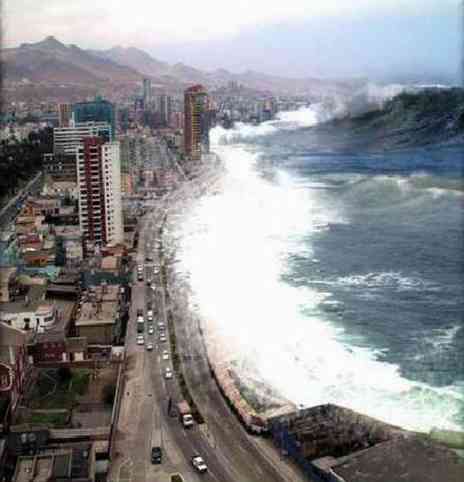
Ancient global warming was jarring, not subtle, study finds
By Robert Lee Hotz
Times Staff Writer
January 5, 2007
Foreshadowing potential climate chaos to come, early global warming caused unexpectedly severe and erratic temperature swings as rising levels of greenhouse gases helped transform Earth, a team led by researchers at UC Davis said Thursday.
The global transition from ice age to greenhouse 300 million years ago was marked by repeated dips and rises in the amount of carbon dioxide in the atmosphere and wild swings in temperature, with drastic effects on forests and vegetation, the researchers reported in the journal Science.
"It was a real yo-yo," said UC Davis geochemist Isabel Montanez, who led researchers from five universities and the
The provocative insight into planetary climate change counters the traditional view that global warming could be gradual and its regional effects easily anticipated.
Over several million years, carbon dioxide in the ancient atmosphere increased from about 280 parts per million to 2,000 ppm, the same increase that experts expect by the end of this century as remaining reserves of fossil fuels are burned.
No one knows the reason for so much variation in carbon dioxide levels 300 million years ago, but as modern industrial activity continues to pump greenhouse gases into the air at rapid rates, the unpredictable climate changes that took millions of years to unfold naturally could be compressed into a few centuries or less today, several experts said.
Carbon dioxide levels last year reached 380 ppm, rising at almost twice the rate of a decade ago, experts said. Average global temperatures have been rising about 0.36 of a degree Fahrenheit per decade for the last 30 years.
Still, the transformation of ancient Earth documented by Montanez and her colleagues makes the current spate of extreme weather events — extended droughts, killing heat waves and powerful hurricane seasons — appear mild by comparison.
From a planet whose landscape was buried in ice miles thick, the Earth convulsed into an ice-free world covered in drifts of wind-blown dust and sparse vegetation, in spasm after spasm of temperature shifts that rose and fell 7 to 18 degrees at a time, Montanez said.
The scientists studied the late Paleozoic period, between 305 million and 265 million years ago, when Earth was far different.
Land masses were gridlocked in a single super-continent largely sheathed in ice. Shallow seas regularly rose and fell. The sun was weaker. The atmosphere's chemistry was different. And, in this single epoch, life experienced its greatest expansion in diversity of forms, followed abruptly by its largest mass extinction.
Just as during the modern era, however, the Earth of the late Paleozoic was shifting from an ice age to a warmer greenhouse world — the only other era in the planet's history to experience such a transition, said
"This is the closest thing we have to a direct analogue to the future," said geoscientist Lee Kump at
Like diggers after dinosaur fossils, the researchers attacked ancient sediments in gullies, road cuts and stream beds with picks, shovels and bulldozers in
After five years, they had compiled the first carefully dated and cross-referenced archive of the period's primeval soils and fossil plant matter, they reported.
Geochemical analysis of iron oxides and isotopes of hydrogen and oxygen revealed telling evidence of temperature variation, rainfall patterns and atmospheric carbon dioxide levels through 40 million years of the Paleozoic, covering the period of major climate warming. They correlated those findings with an analysis of shellfish fossil remains, to compare those findings against marine carbon levels.
"It is an extraordinary improvement on past estimates," said Yale paleoclimate expert Mark Pagani, who was not involved in the research.
Instead of a relatively gradual transition from a cold world to a warm one, as many scientists had believed occurred, Montanez and her colleagues found fever spikes of climate change correlated with fluctuating levels of carbon dioxide, like a seismometer graph of the myriad tremors before and after a major earthquake.
"CO2 goes up and temperature goes up. It drops and temperature drops," Montanez said.

No comments:
Post a Comment